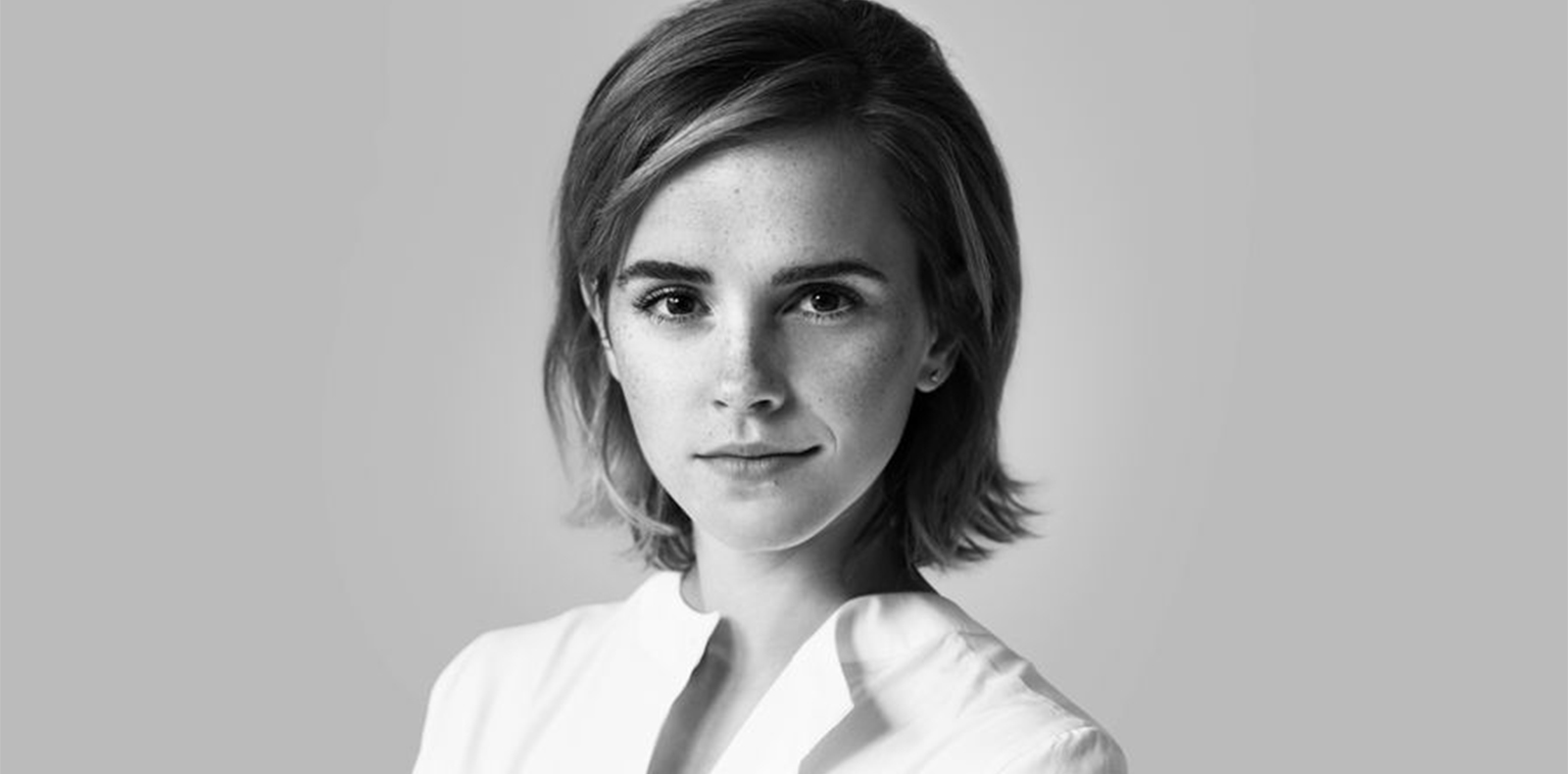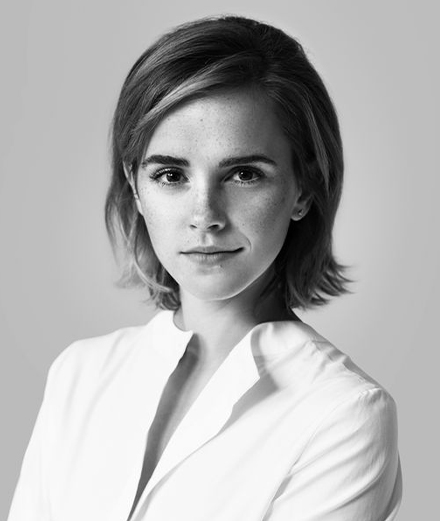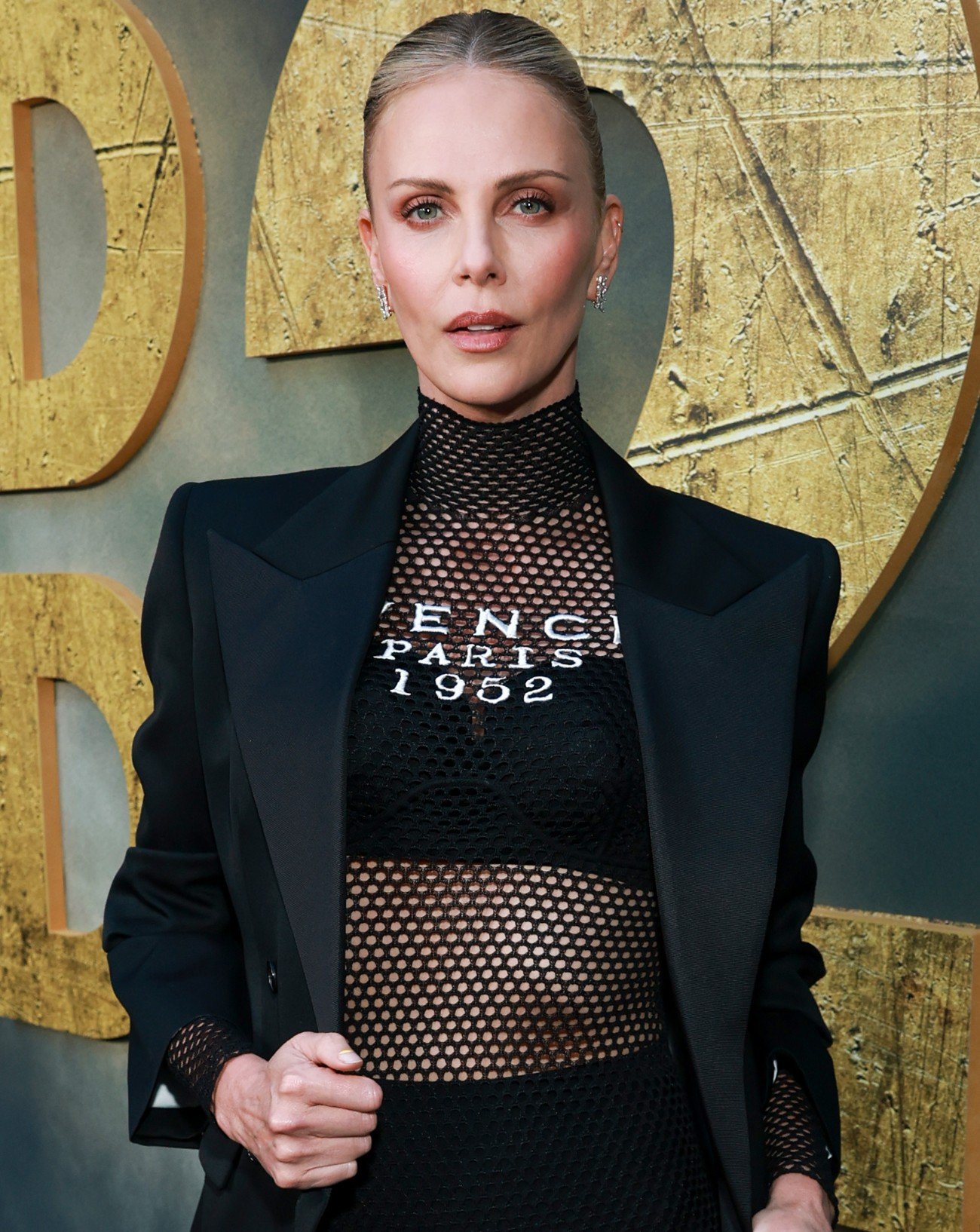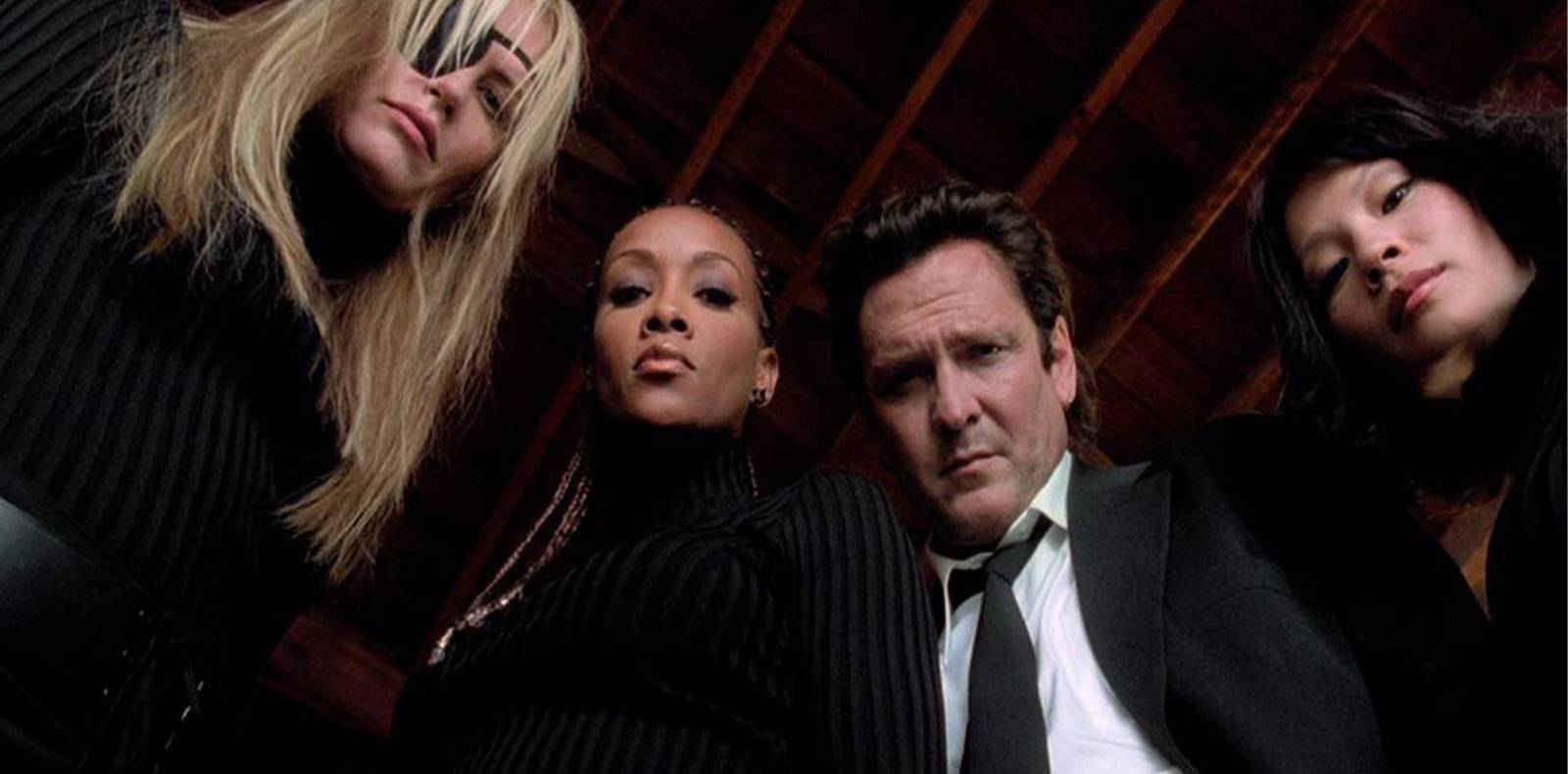
17

17
Emma Watson partners with the luxury giant Kering
Strong advocate of ethical and sustainable fashion, actress and activist Emma Watson adds another string to her bow by joining the luxury group Kering as manager. A pioneer of sustainable development, the Kering Group has been developing myriad policies with a view to lessening its environmental impact. Marie-Claire Daveu, the group’s director of sustainable development and international institutional relations, told Numéro about some of them.
By Camille Moulin.
Published on 17 June 2020. Updated on 30 October 2025.

Numéro: What were the main directions you decided to take when you started at Kering?
Marie-Claire Daveu: I was trained as an engineer, and didn’t initially intend to work in the luxury sector. I started at Kering in 2012 because of François-Henri Pinault’s stance towards sustainable development. I often say that sustainability isn’t an option but a necessity, and that’s exactly his opinion too, not just from an ethical point of view but also to keep his business going. The first thing we did was to develop a tool, EP&L (environmental profit and loss), which measures the effect on the environment of what we do. As a result, we were able to see that the main impact isn’t due to our own immediate sphere but rather to our supply chain. We then built programmes by sector: cashmere, wool, silk, etc. We defined standards for our suppliers with a list of criteria to be followed not only with respect to the environment but also to animal wellbeing. We work closely with each of them so that they change their way of doing things. Thinking within the sphere of your own company isn’t enough – for the Kering Group that accounts for just 7% of our impact. The vast majority – 93% to be exact – is outside our legal frontiers. As for our immediate 7%, we have of course taken action, for example by equipping all our buildings with LEDs and solar panels.
What role does your Materials Innovation Lab play?
We founded the lab in 2013 to pro- mote research into innovative textiles, and on the same model we also opened the Sustainable Innovation Lab for jewellery and watchmaking. The Material Innovations Lab can make proposals to the various group companies, for example for a fabric made from recycled fishing nets. It also goes the other way: companies can indicate to the lab that they often work with a particular material, and ask it to raise awareness among our suppliers so that they improve their environmental performance. Among the materials we use today, 3,800 respect our sustainable-development criteria. Now, start-ups that are aware of our environmental policies have begun to spontaneously propose their own materials.
The fashion calendar is constantly accelerating, resulting in ever- increasing production volumes. Is this a major problem?
Yes, it is, but in the luxury sector the volumes are nothing in comparison to the mass market. And I hope that anyone who buys a Bottega Veneta bag won’t throw it in the trash the day they decide they don’t want it anymore: they can sell it on, give it away or keep it for their children. Moreover, new tools being developed thanks to artificial intelligence will allow production to be optimized with respect to demand. We’re also doing all we can with respect to the circular economy, upcycling and even recycling of fibres. We’ve invested in a start-up called Worn Again, which is developing a way of separating cellulose and polyester fibres so as to regenerate them. Right now it’s still in the R&D stage, but I hope we’ll be able to roll it out at a very large scale.
Do you think that sustainable development has really taken root in the fashion industry?
Clients in the luxury sector are more and more demanding in this respect, particularly millennials. We also accompany a large number of young designers across the globe, because environmental questions require technical knowledge that isn’t necessarily intuitive. We organize a day of master classes at our Paris HQ for the Festival d’Hyères finalists, and we’ve also set up partnerships with schools such as Parsons, the London College of Fashion and the Institut français de la mode. When, for example, we explain to students or young designers that they need to favour tanning processes that avoid heavy metals, it’s not something that’s immediately obvious, they need to be guided through the process. So we try to help them by offering accelerated training. We’ve put together a MOOC [massive open online course] in English and Mandarin that includes videos and documents: you sign up online, and at the end of the course you get a recognized diploma.














